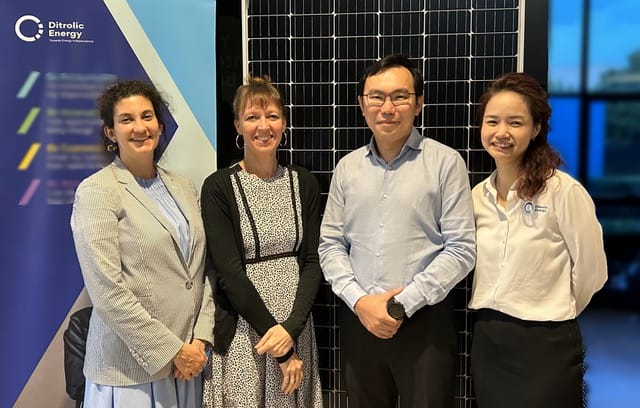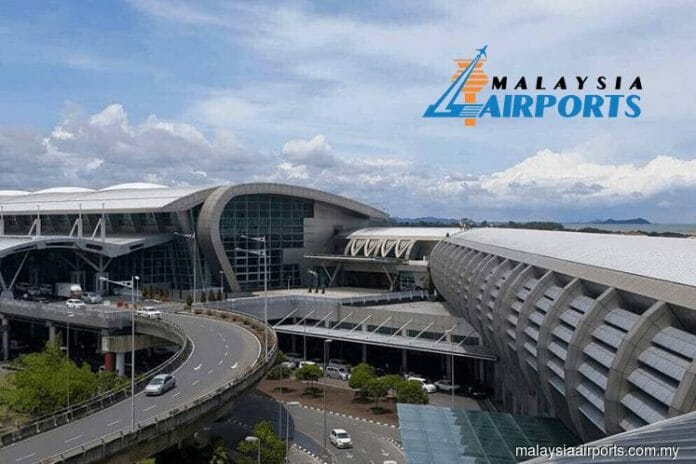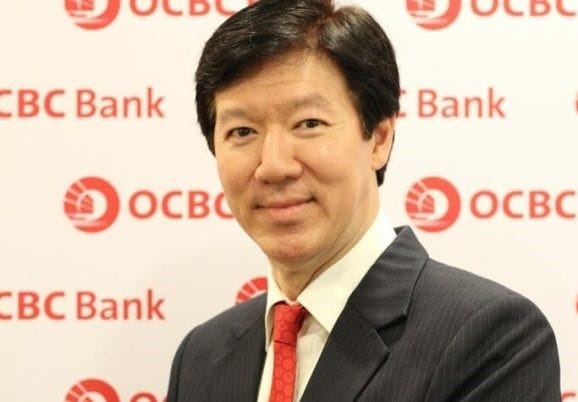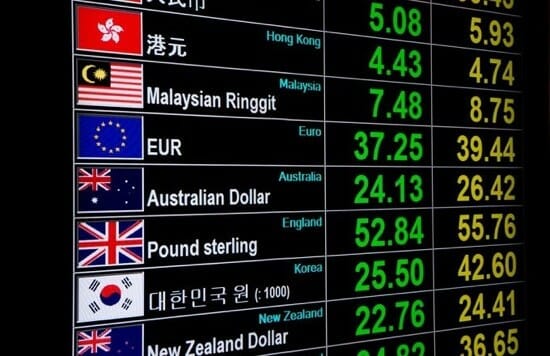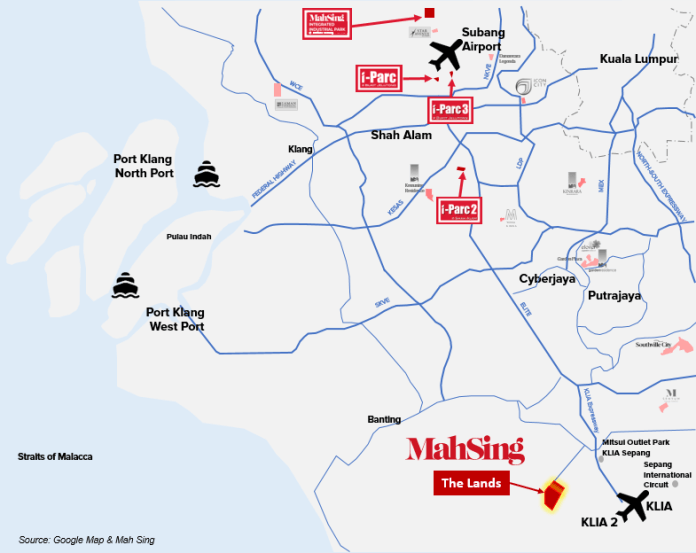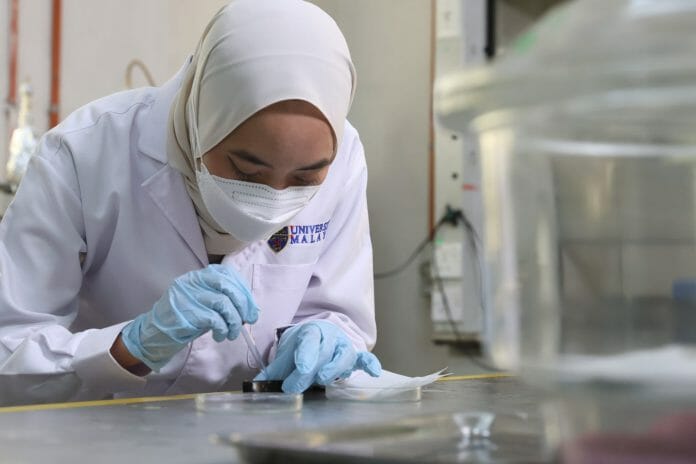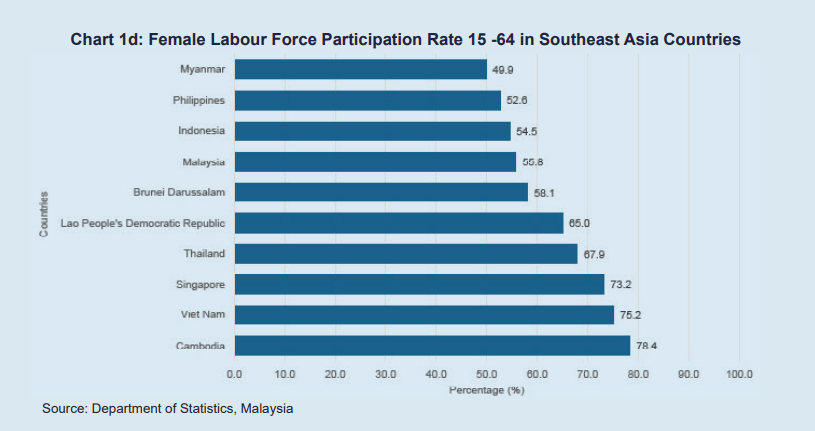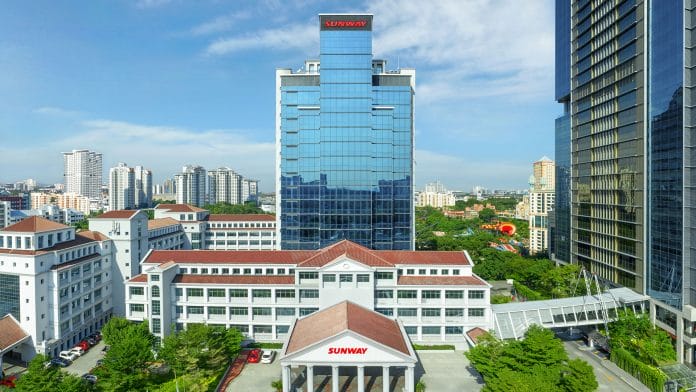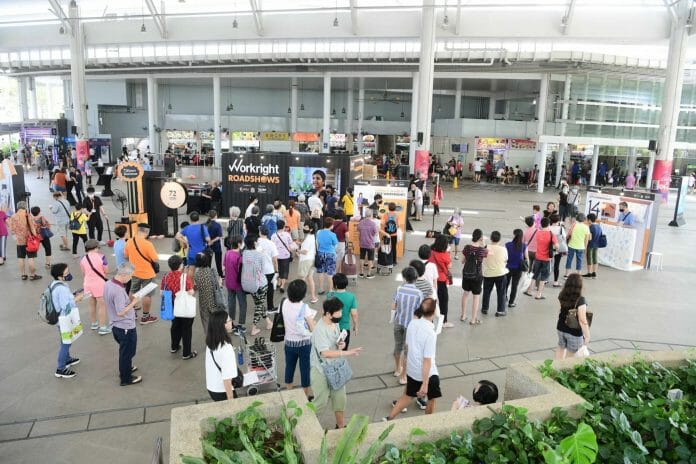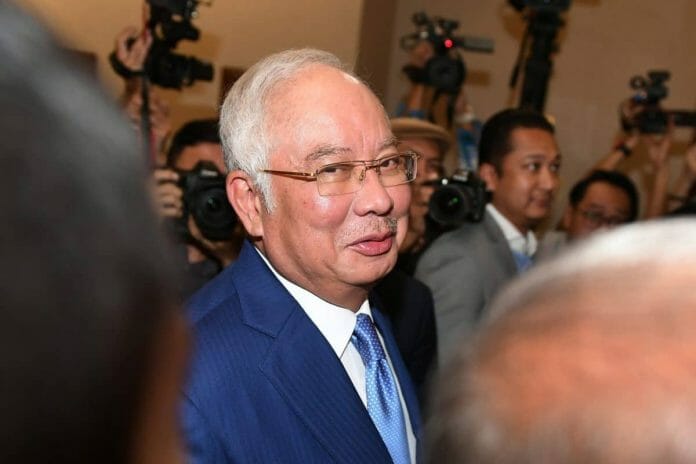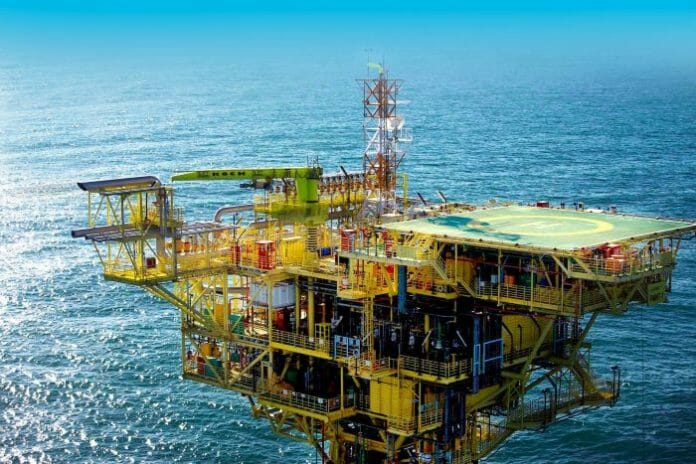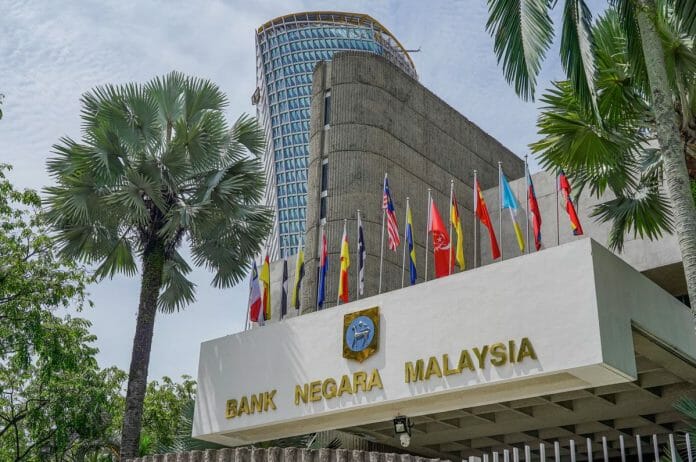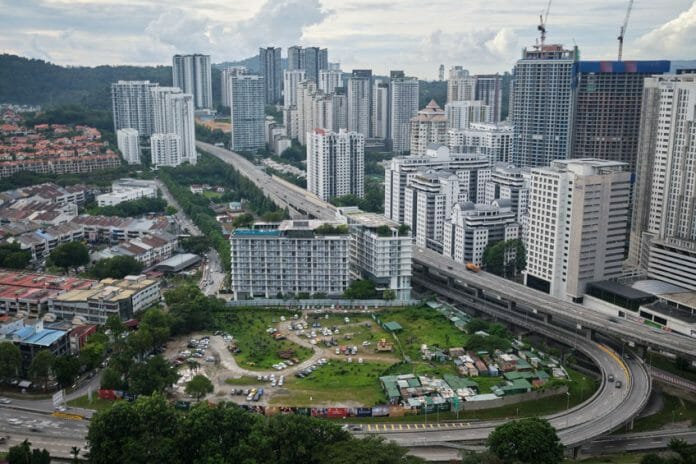RE developer Ditrolic Energy Holdings Sdn Bhd (Ditrolic Energy) has secured investment backing fromglobal asset management company BlackRock’s Climate Finance Partnership (CFP), its flagship public-private finance vehicle.
According to Ditrolic Energy, the partnership secured US$673 million (RM3.1 billion) in commitments from a global consortium of investors to back its expansion to build solar assets throughout emerging markets in Asia Pacific.
“The investors include governments, philanthropies, and institutional investors in an oversubscribed final fundraise, exceeding the initial target of US$500 million (RM2.37 billion),” it said in a statement today (Jan 31).
The company said with both parties had entered into an agreement in which CFP will financially back Ditrolic Energy’s expansion to build commercial and industrial (C&I) and utility-scale solar assets.
“The assets include targeted 1 GW and pipeline of solar projects and increasing its targeted total capacity to 5GW and pipeline of solar projects in Malaysia, Bangladesh, Indonesia and the Philippines.
“(Besides that, the backing will be used for) the investment and expansion of its flagship 360° Clean Energy Solution, EnerLoop, by enabling technology for carbon tracking, battery energy storage system and green electricity sales,” it added.
CFP is a unique partnership among BlackRock and the governments of France (AfD), Germany (KFW) and Japan (JBIC) through their respective development finance institutions, as well as leading US impact organizations.
With this new partnership, Ditrolic Energy said it intends to make Malaysia its investment hub to actively invest into key energy transition projects around its approved markets in the Asia Pacific region including Malaysia’s National Energy Transition Roadmap (NETR) programme.
“We plan to mobilise significant amounts of capital private investment with the aim to accelerate and reduce the associated cost of energy transition for the country.
Ditrolic Energy is one of the largest renewable energy developers in Malaysia and Southeast Asia with more than 450MW of solar assets.
With CFP’s partnership, Ditrolic Energy takes position as one of the leading pure-play energy transition companies in the country.
Ditrolic Energy founder and group chief executive officer Tham Chee Aun said the company is committed to playing a key role in Asia’s energy transition.
“We are grateful for BlackRock’s support, because the investment in Ditrolic Energy enables us to rapidly increase scale and maximise value to support transition to low carbon economies throughout multiple markets.
“With the capital raised and private investment to be mobilised, the company would be in a prime position to undertake key energy transition projects in Malaysia and other Southeast Asia countries,” he said.
BlackRock’s Climate Infrastructure APAC co-head Valerie Speth said Ditrolic Energy holds a proven solar development track record in this diverse region.
“Our partnership presents an attractive opportunity to mobilise more capital into climate infrastructure in emerging markets and accelerate
national ambitions to achieve net zero economies,” Speth said.
BlackRock currently manages over US$50 billion (RM236.5 biilion) of infrastructure client assets under management (AUM) is comprised of
infrastructure equity, debt and solutions.
According to Ditriolic Energy, Asia Pacific accounts for 40% of the world’s carbon emissions and countries including Malaysia, Bangladesh, Indonesia and the Philippines have strong power market fundamentals and increasingly pro-renewable regulatory regimes.
“The partnership announced today aims to bring about more development, as well as construction of greenfield renewables capacity to support growth in emerging markets,” the company said.
Malaysia, for example, has a renewable energy generation goal stands at 31% by 2025 and 70% by 2050 under the new National Energy Transition Roadmap (NETR), with an intention to achieve net zero emissions by 2050.
The nation’s domestic oil and gas reserves are expected to be depleted by 2029, driving up importation of fossil fuels for power generation, while raising electricity tariffs.
Meanwhile, Indonesia plans to achieve 23% of renewables in its electricity mix by 2025, and at least 31% by 2050, according to its Electric Supply Business Plan and the Philippines is aiming for 3.6GW of capacity allocated to commercial operation in both 2024 and 2025, rising to 4.4GW in 2026.
Outside of Southeast Asia, Bangladesh is expected to reach 30% renewable generation capacity by 2030 and is pivoting towards gas, LNG and renewables, with the aim of generating an additional 2.7GW of renewable energy, and this could contribute to about 10% of the new-build pipeline on a capacity basis.



